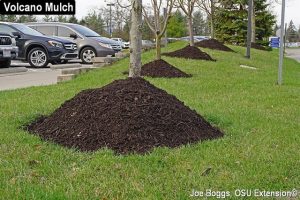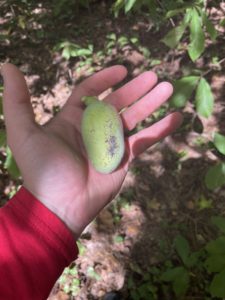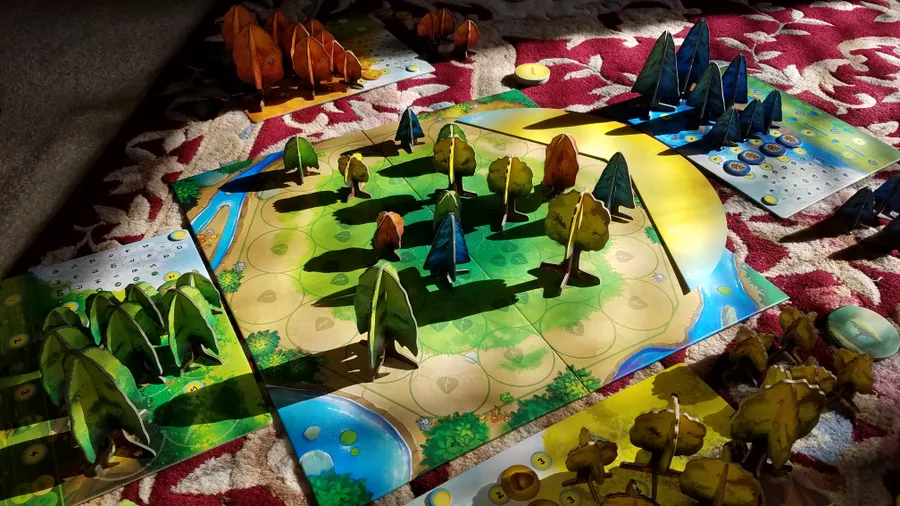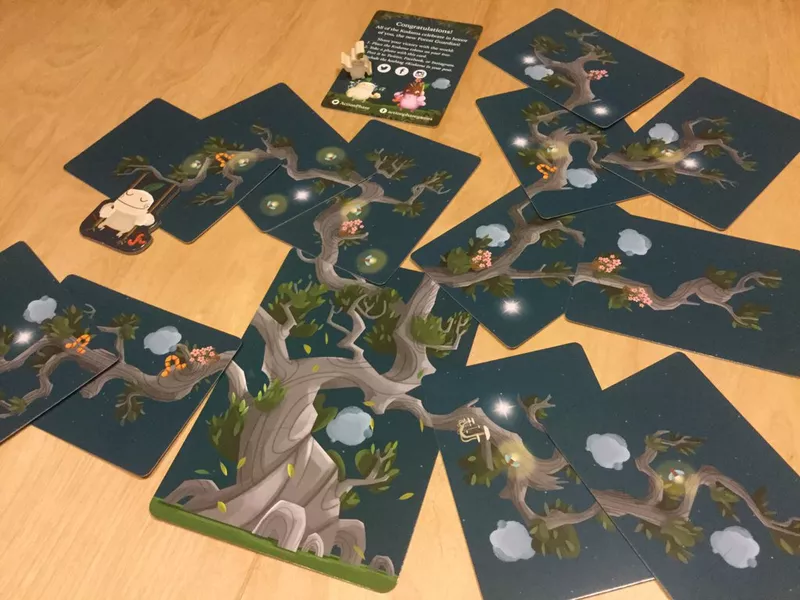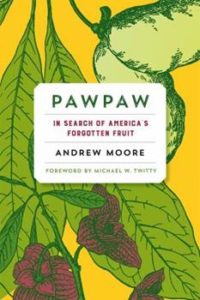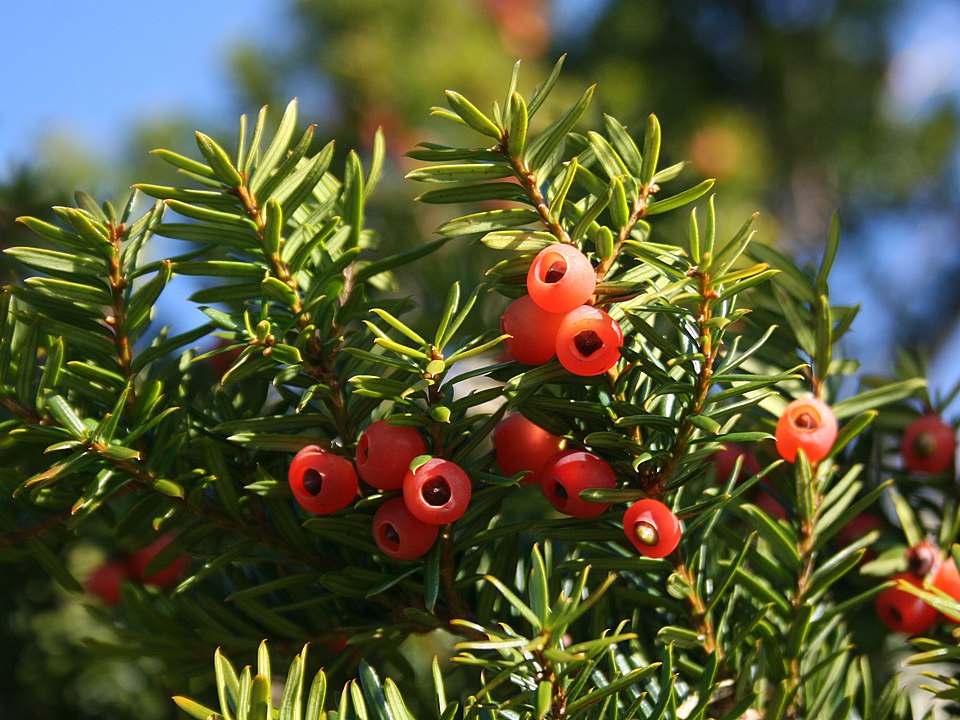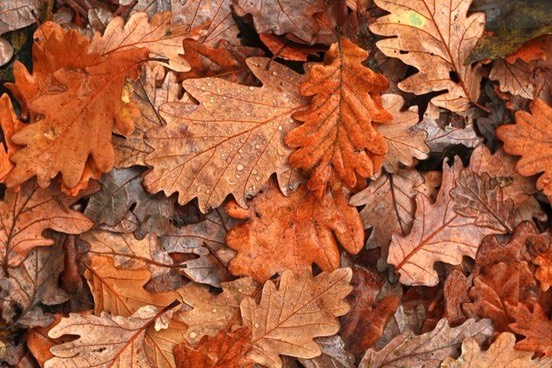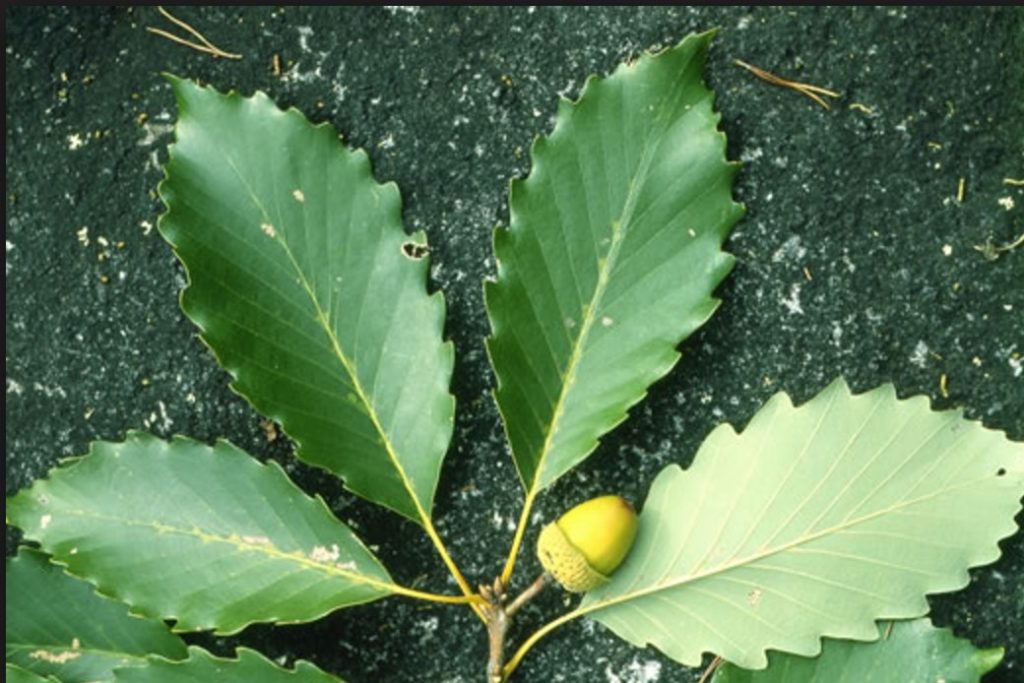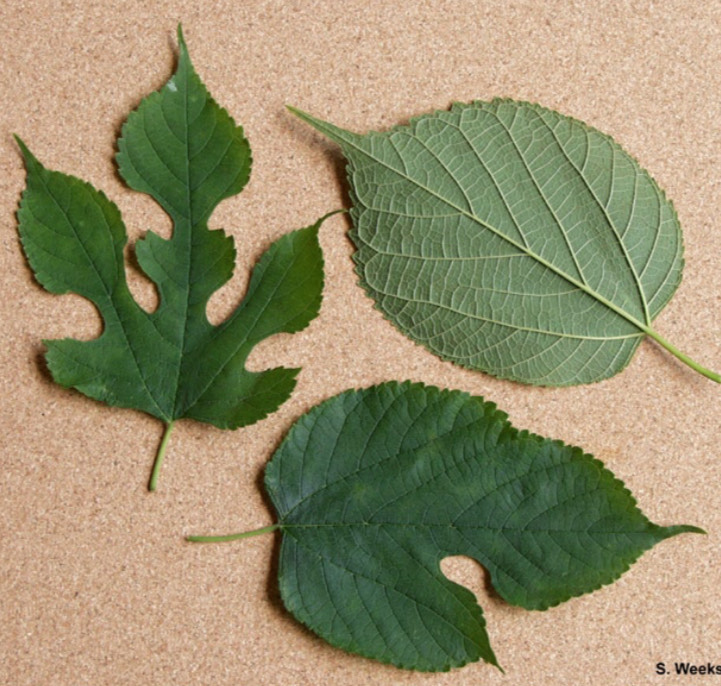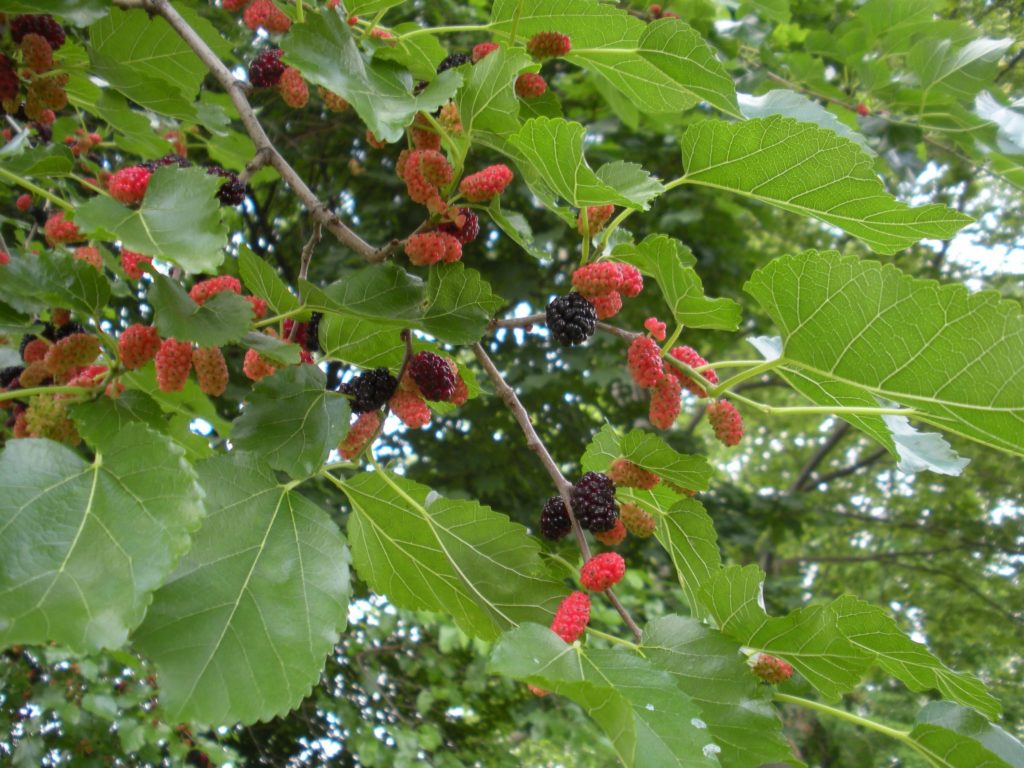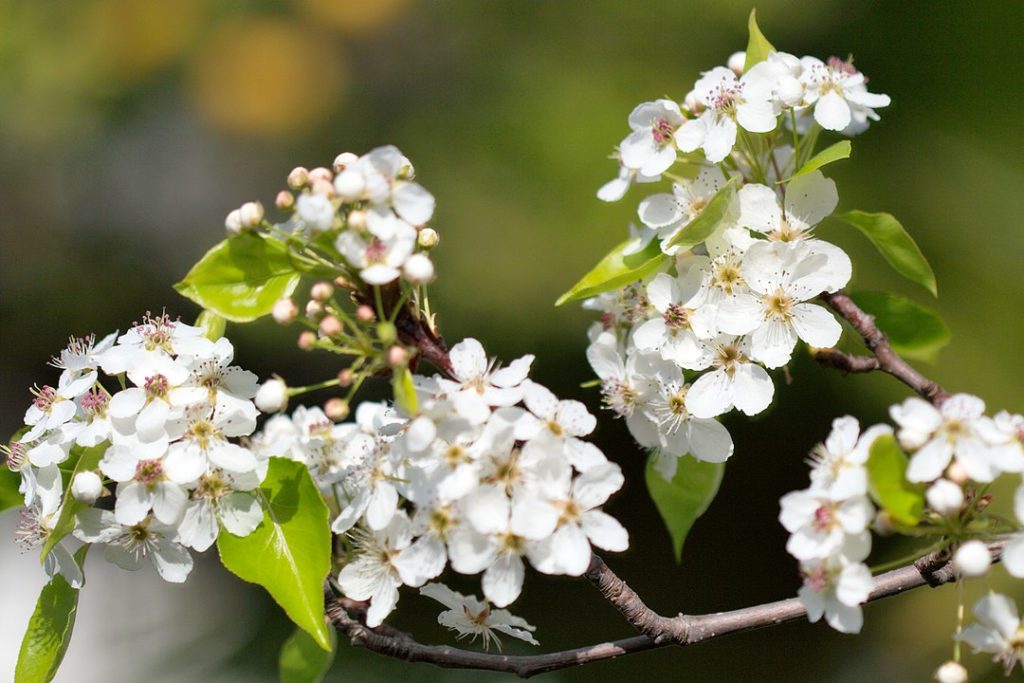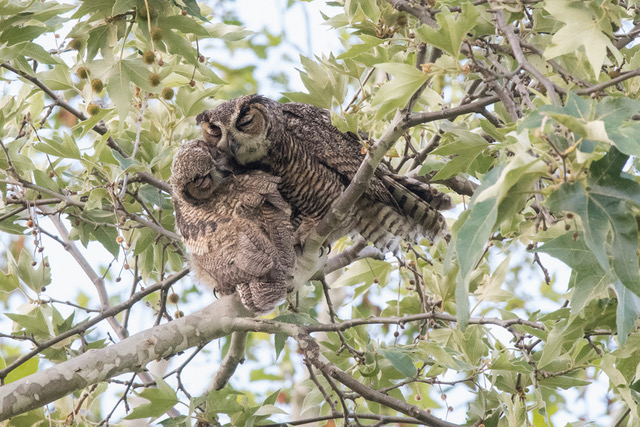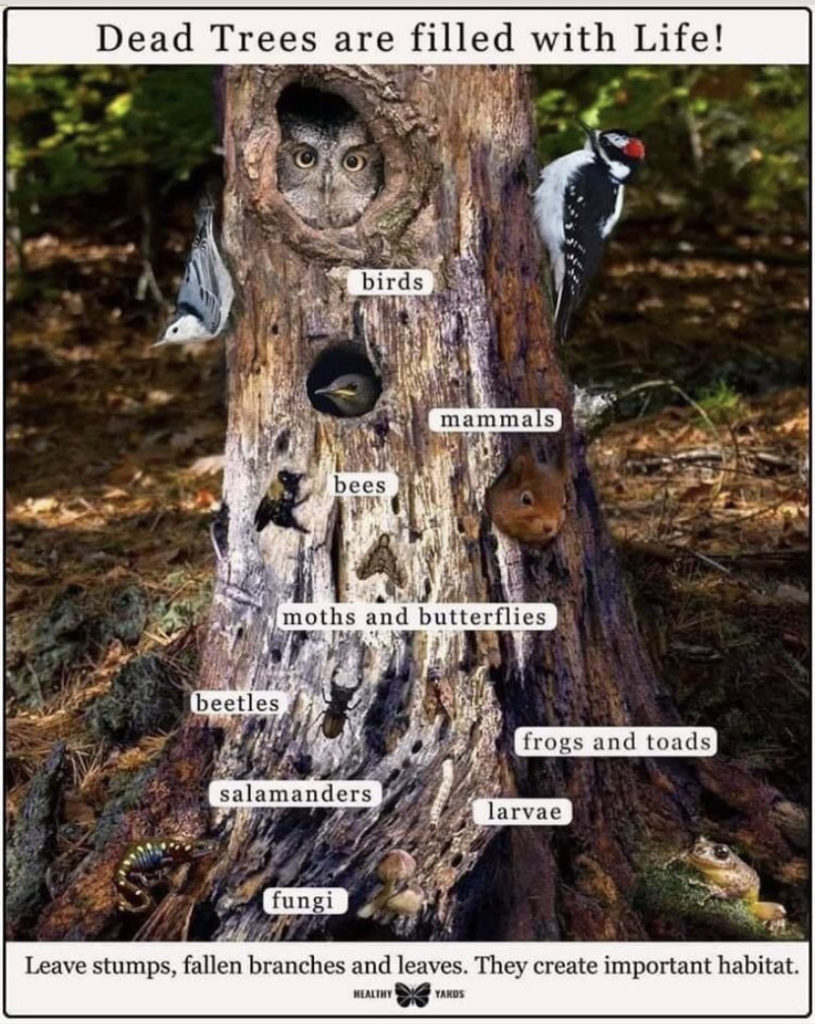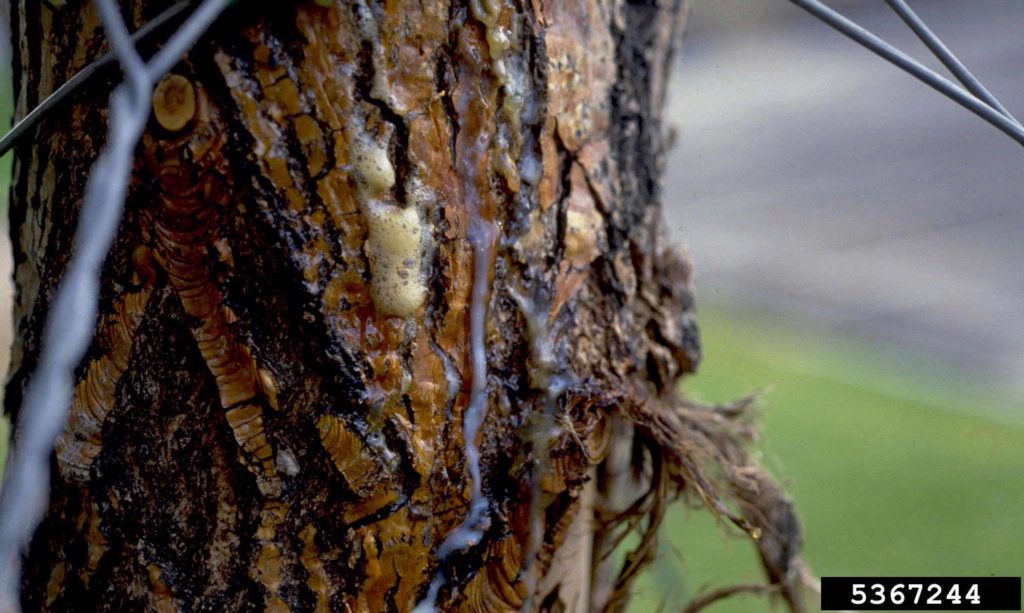
This time of year, I often have conversations with customers about getting their trees “ready for hurricane season.” Summer in Richmond is notorious for random thunderstorms and other intense weather events, so here at Truetimber, we believe that having an arborist inspect your property is paramount-before these storms roll through.
The primary reason for pre-hurricane tree inspections is to assess structural integrity. Trees that appear healthy on the outside may have internal decay or weak spots that compromise their ability to withstand strong winds. Having an arborist assess a tree’s integrity is a great first step in maintaining your property and protecting against sudden, unexpected damage. The last thing any homeowner wants is a failing tree causing damage to person or property.
Proper pruning is another critical aspect of hurricane preparedness. Dead or weak branches can become projectiles in high winds, causing damage to structures or injuring people. Arborists know how to identify and safely remove these branches without harming the tree’s overall health. They also ensure that trees are pruned in a way that promotes growth and storm damage resistance.
Occasionally, the best course of action in managing your trees for storm preparedness can come in the form of fertilization or other plant health care techniques. At Truetimber, our deep root fertilization program is designed to provide your trees with supplemental nutrients. This in turn can help aid a tree’s growth, and enhance the benefits of proper pruning.
Beyond individual property concerns, maintaining trees before hurricane season contributes to community safety. Trees that fall across roads or onto power lines can disrupt utilities and emergency services, posing risks to everyone in the area. By proactively managing tree health, homeowners contribute to the resilience of their neighborhoods and reduce the potential for widespread damage.
While preparing for hurricane season, don’t forget the trees, and don’t wait until something happens to give us a call! Consulting with an arborist can make a significant difference in protecting your property, ensuring community safety, and preserving the natural beauty of your landscape. Investing in proactive tree care is a preventative measure that pays off with peace of mind and resilience when the next storm arrives.

































